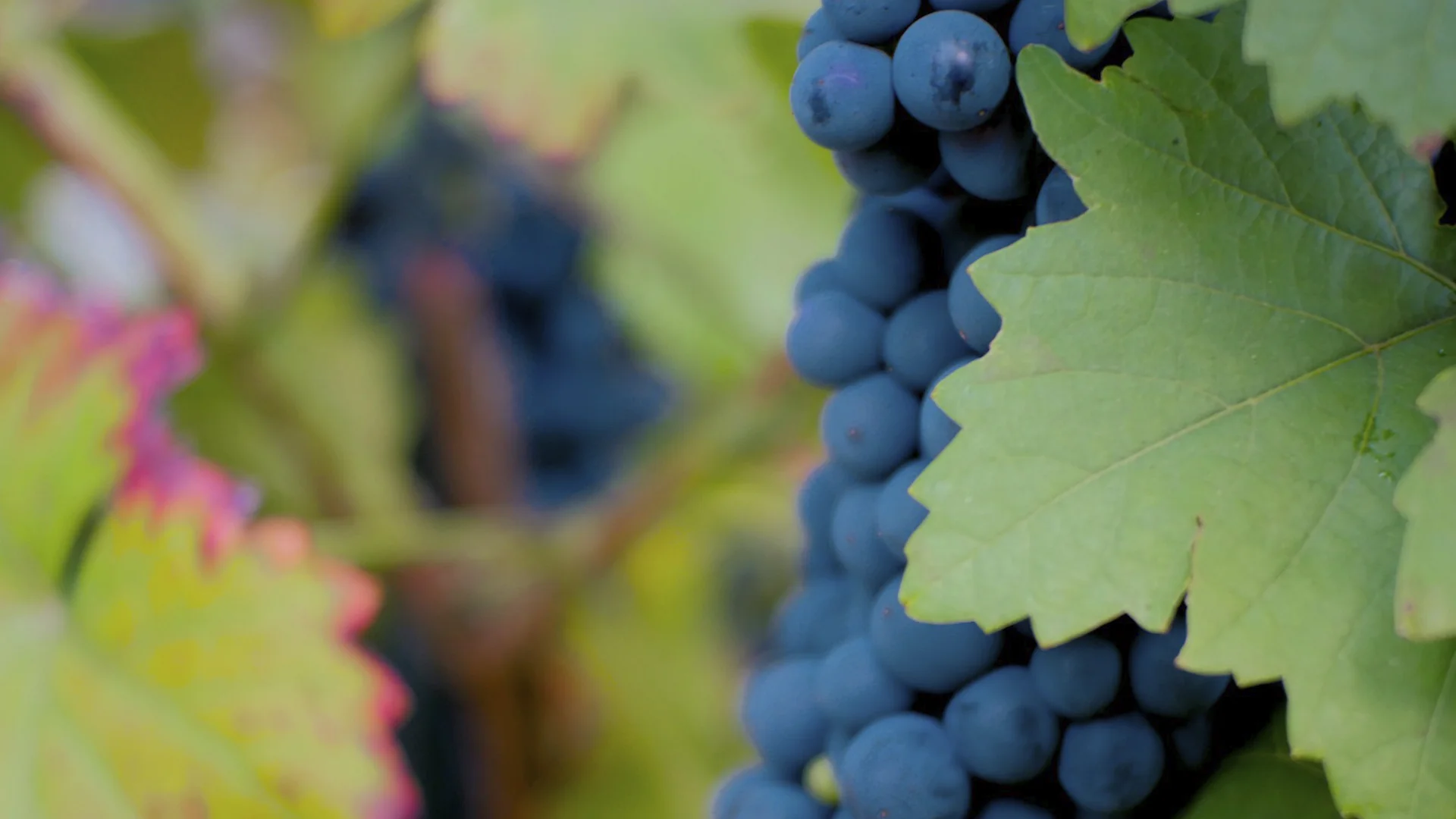
Think of Nero d’Avola as the Steve Jobs of wine grapes—once dismissed as a commodity player, now revolutionizing an entire industry. The roots of Sicilian winemaking and the cultivation of Nero d'Avola can be traced back to ancient times, highlighting the grape's deep historical heritage. This Sicilian powerhouse has evolved from being France’s secret blending weapon to becoming the Mediterranean’s most compelling answer to climate change and shifting consumer preferences.
The Nero d’Avola grape variety translates to “Black of Avola,” named after the small town of Avola in southeastern Sicily where it first made its mark. But calling it just another red grape is like calling a Ferrari just another car. This indigenous Sicilian grape variety, known as the Nero d'Avola grape variety, is so adaptable and charismatic that it’s both the island’s most planted red variety and its most promising export.
Picture a black grape that thrives in scorching heat, retains refreshing acidity, and produces everything from light rosés to age-worthy Nero d'Avola wine. As a prominent red wine from Sicily, Nero d'Avola is the Swiss Army knife of indigenous grape varieties, with unmistakable Italian flair. Its adaptability rivals that of various grape varieties that flourish in diverse climates.
Thanks to its thick skin, these red wines show deep ruby hues that resist light. In the glass, expect bold fruit flavours, such as black cherry and plum, layered with notes of chocolate, licorice, and dried herbs. The tannins of these Italian wines are sweet and velvety—not astringent—making each sip irresistibly smooth. As a standout Italian wine, Nero d'Avola has gained international recognition for its expressive style and versatility.
Nero d’Avola is a culinary matchmaker, effortlessly bridging the gap between bold flavours and refined cuisine. Thanks to its rich flavours and good acidity, this Sicilian wine is a natural partner for grilled meats—think juicy lamb chops or a perfectly seared steak, where the wine’s black fruits and dried fruit notes complement the char and savour of the grill. The lively acidity and sweet tannins also make Nero d’Avola a standout with tomato sauce-based dishes, such as classic pasta al pomodoro or a rustic pizza, where the wine’s fruit and herbal notes play off the tangy, savoury sauce.
For those seeking a more adventurous pairing, try Nero d’Avola alongside oxtail soup or dishes infused with Mediterranean herbs. The wine’s unique characteristics—its depth, fruit, and subtle spice—enhance the complexity of these robust, aromatic foods. When it comes to cheese, opt for rich, aged varieties; the wine’s moderate acidity and full body complement the creaminess, creating a balanced and satisfying bite.
To truly immerse yourself in the Sicilian wine experience, pair Nero d’Avola with local specialties like arancini or even a sweet cannoli for a playful contrast. The versatility of this grape variety means there’s a Nero d’Avola for every table, every dish, and every occasion—making it the perfect companion for exploring the vibrant flavors of Sicilian cuisine and beyond.
The story of Nero d’Avola reads like a classic underdog tale. Likely introduced by Ancient Greek colonists in the 8th century BC, it thrived in sun-baked southeastern Sicily, quietly earning the respect of local winemakers.
In the 19th century, French merchants discovered its use as “vin du medicine”—a robust grape that strengthened their weaker wines. Nero d'Avola was even used to enhance wines from the Bordeaux region, contributing to the blending process with renowned French wines. Clever Sicilian merchants even sold it as “Calabrese” to capitalize on Calabria’s reputation at the time.
For much of the 20th century, it remained a blending grape, rarely featured on labels. However, in the 1980s and 1990s, trailblazing producers such as Planeta, Donnafugata, and Tasca d’Almerita reintroduced Nero d’Avola as a standalone varietal, and the impact was immediate.
By the end of the century, it had become Sicily’s most planted red grape by wine producers, covering over 15,400 hectares and with nearly 50 million bottles of wine produced annually. For this reason, Nero d’Avola is recognized as one of the grapes that expresses the Sicilian terroir best, producing some of the most unique wines in Italy.
If terroir is wine’s fingerprint, Nero d’Avola is its Sherlock Holmes—reading and responding to its environment with precision.
Sicily’s Mediterranean climate is ideal: hot, dry summers (up to 40°C/104°F) and mild winters. Nero d’Avola thrives in these warm, sun-drenched conditions, developing rich flavours, deep colour, and smooth tannins. The grape also benefits from diurnal temperature variations, with nighttime drops to 18°C (64°F) helping it retain acidity while fully ripening.
Its superpower? Nero d’Avola retains a lively acidity even at high sugar levels, producing fresh, balanced wines in extreme heat, with notes of dried fruit, herbs, and rich flavours—a rare trait in the era of climate change.
Despite Sicily receiving under 550mm of rain annually, Nero d’Avola excels under dry-farmed conditions, thanks to its deep root system and drought resistance—a model for sustainable viticulture. For this reason, it thrives on the sandy soils and warm climate of the region. The diverse soil types across Sicily, ranging from limestone to volcanic and clay, significantly influence the character and structure of Nero d’Avola wines, contributing to their elegance, acidity, and overall balance.
Nero d’Avola is terroir’s chameleon—the same grape tells different stories depending on where it’s planted. Across Sicily, a remarkable diversity of Nero d'Avola wines emerges, each reflecting the unique terroir and winemaking traditions of its region.
Nero d'Avola wines are produced in a range of styles, from robust reds to lighter, more aromatic versions. Rosé wines, also known as Nero d'Avola Rosato, are a vibrant and refreshing expression of the grape, offering lively acidity and bright red fruit flavours.
Outside Sicily, producers in the McLaren Vale of South Australia and California’s Paso Robles craft coastal-fresh and full-bodied expressions, proving Nero d’Avola’s global adaptability.
Nero d’Avola is the chameleon of the wine world—an indigenous Sicilian grape variety that can shape-shift from bold and brooding to fresh and fruit-driven, depending on the winemaker’s vision. At its core, this grape delivers a symphony of rich flavours, with black cherry and plum taking center stage, supported by subtle hints of spice and floral notes. Thanks to Sicily’s warm climate, Nero d’Avola wines often boast a full body and sweet tannins, making each sip both powerful and plush.
What sets Nero d’Avola apart is its lively acidity, a trait that keeps these wines vibrant and food-friendly, even when the fruit is ripe and concentrated. While some wine producers craft easy-drinking, fruit-driven styles that burst with red and black fruit, others opt for oak-aged versions that add complexity, structure, and a hint of vanilla or chocolate. This versatility means that whether you’re seeking a robust red to rival Cabernet Sauvignon or a unique wine with a distinctly Mediterranean flair, Nero d’Avola delivers.
The grape’s unique characteristics are a testament to its rich history and deep roots in Sicilian culture. Each bottle tells a story of the land, the climate, and the people who have championed this grape variety for generations. From approachable, everyday wines to cellar-worthy treasures, Nero d’Avola offers a flavour profile that is unmistakably Sicilian—bold, expressive, and always memorable.
Nero d’Avola thrives in the warm climate of Sicily, and not only adapts to the future, but also reshapes it.
Its natural drought tolerance allows it to thrive without irrigation, making it perfect for water-conscious farming and climate resilience.
The InnoNDA Project (2024) is pushing boundaries: aiming to reduce alcohol levels by up to 4% without sacrificing flavour or intensity—a direct response to consumer and climate pressures.
It’s also a natural match for organic and biodynamic farming. The winemaker plays a crucial role in implementing these sustainable methods for Nero d’Avola grape production, ensuring both environmental responsibility and high-quality wine. Wineries like Tenute Nicosia and Cortese have shown that sustainable practices enhance flavour complexity and terroir expression while limiting environmental impact.
Colomba Bianca, Sicily’s largest biodynamic producer, proves that large-scale sustainability is both viable and profitable.
The return of amphora aging—as explored in InnoNDA—provides an eco-friendly, oak-free option that adds textural and aromatic uniqueness.
Nero d’Avola’s top wines reflect the diversity of Sicily’s terroir and the innovation of its producers. Much like Pinot Noir, which is celebrated worldwide for its complexity, versatility, and aging potential as a single-varietal wine, Nero d’Avola stands among world-class reds for its ability to produce high-quality, nuanced wines that can age gracefully and showcase a unique sense of place:
Nero d’Avola is more than a grape—it’s a manifesto for Mediterranean innovation. In a wine world clinging to tradition, this Sicilian maverick proves that evolution and authenticity can go hand in hand.
Its journey from anonymous blend filler to global flagship mirrors Sicily’s rise as a winemaking force. Like the island, it thrives on resilience, turning adversity into opportunity.
Facing climate change? Nero d’Avola adapts. Seeking lower-alcohol wines? InnoNDA delivers. Focused on sustainability? This grape was made for it. Demanding distinctiveness? Just pick your terroir.
Most of all, Nero d’Avola offers hope. A path forward for wine regions under pressure, and a reminder that bold innovation can still produce deeply soulful wine.
So next time you pour a Nero d’Avola, know that you’re sipping more than just a red—you’re tasting a masterclass in resilience, adaptation, and the future of fine wine. Its enduring appeal is also defined by its distinctive aromatic profile, with a floral and fruity bouquet that sets it apart.
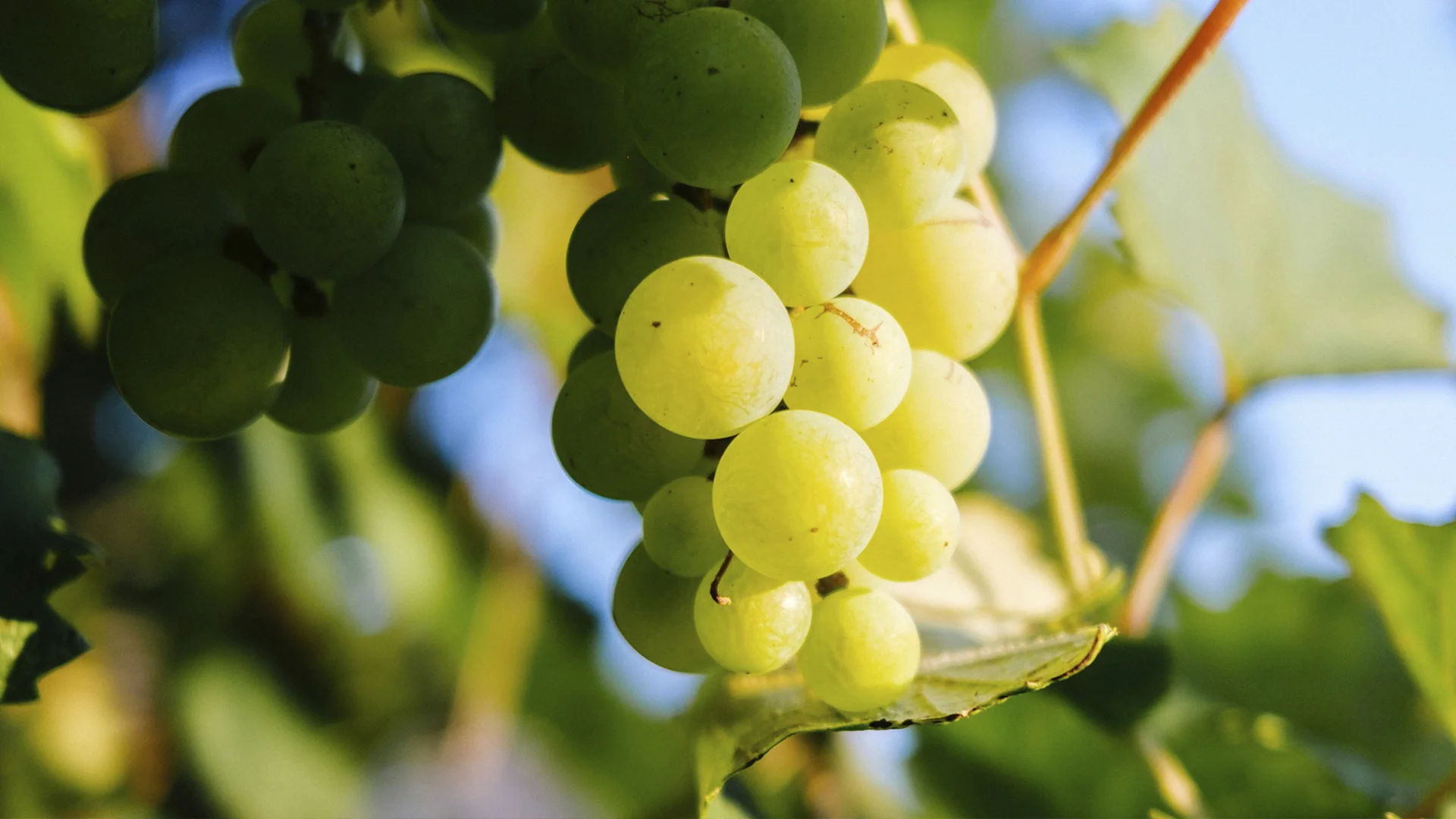
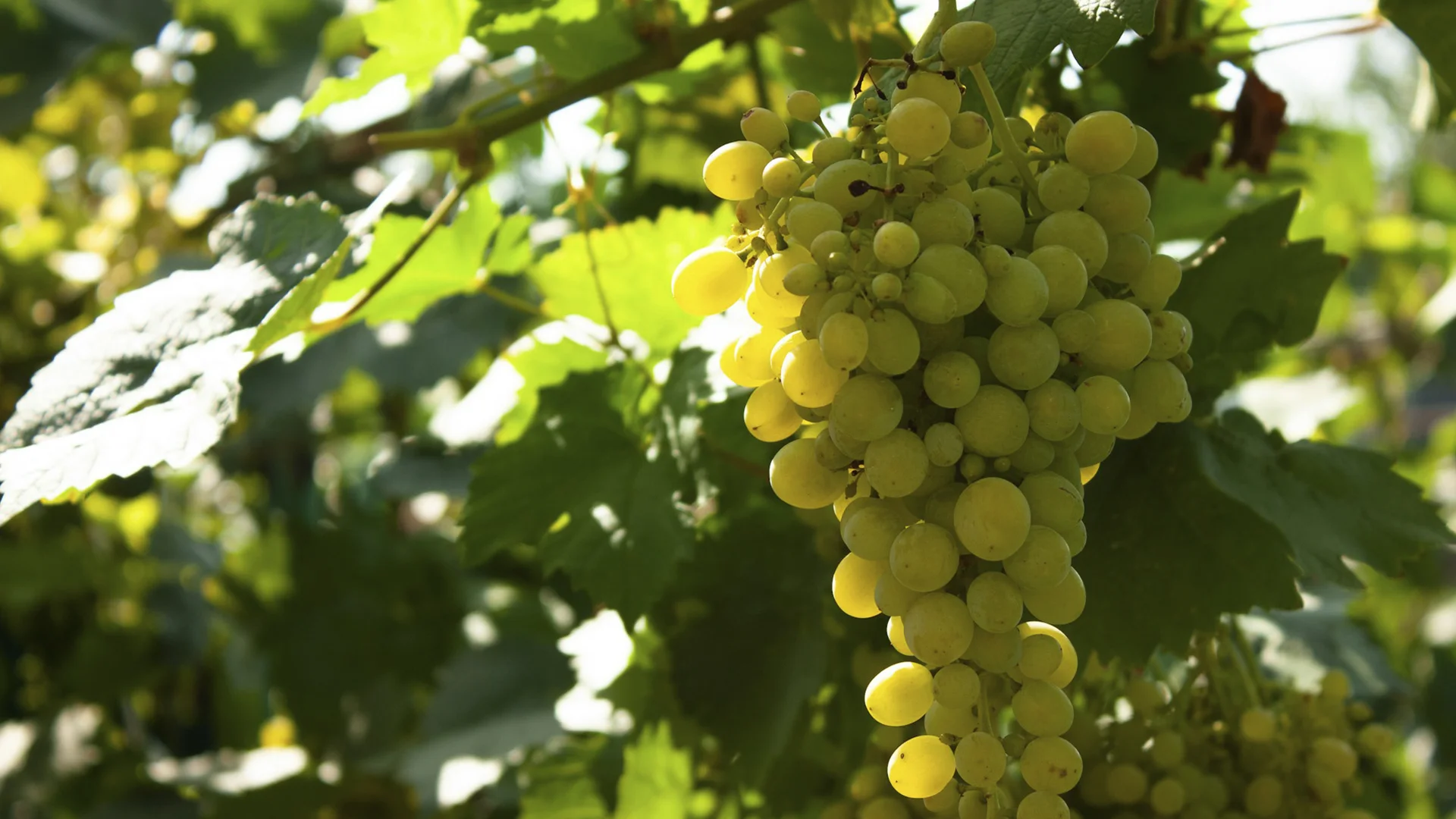

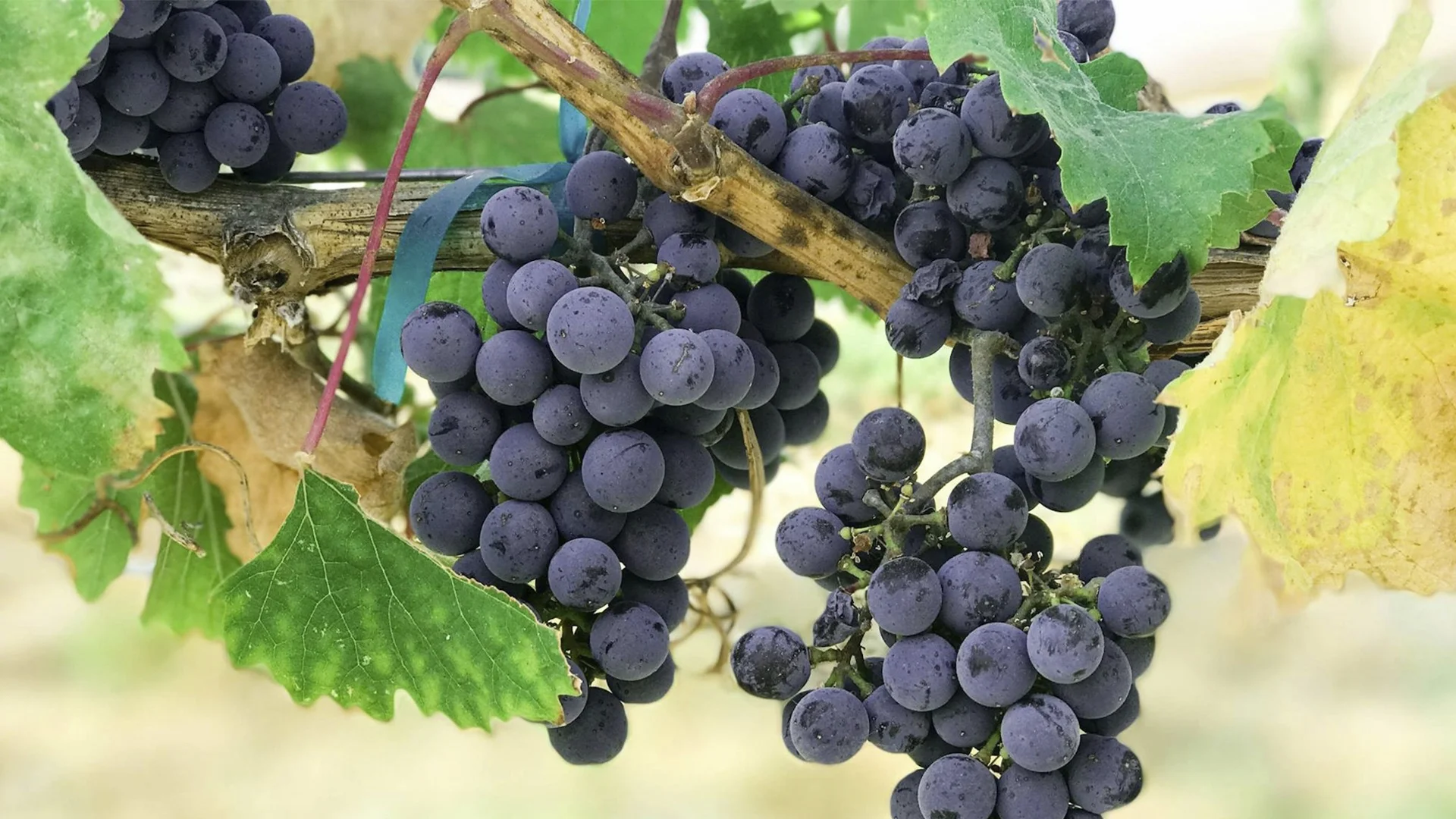
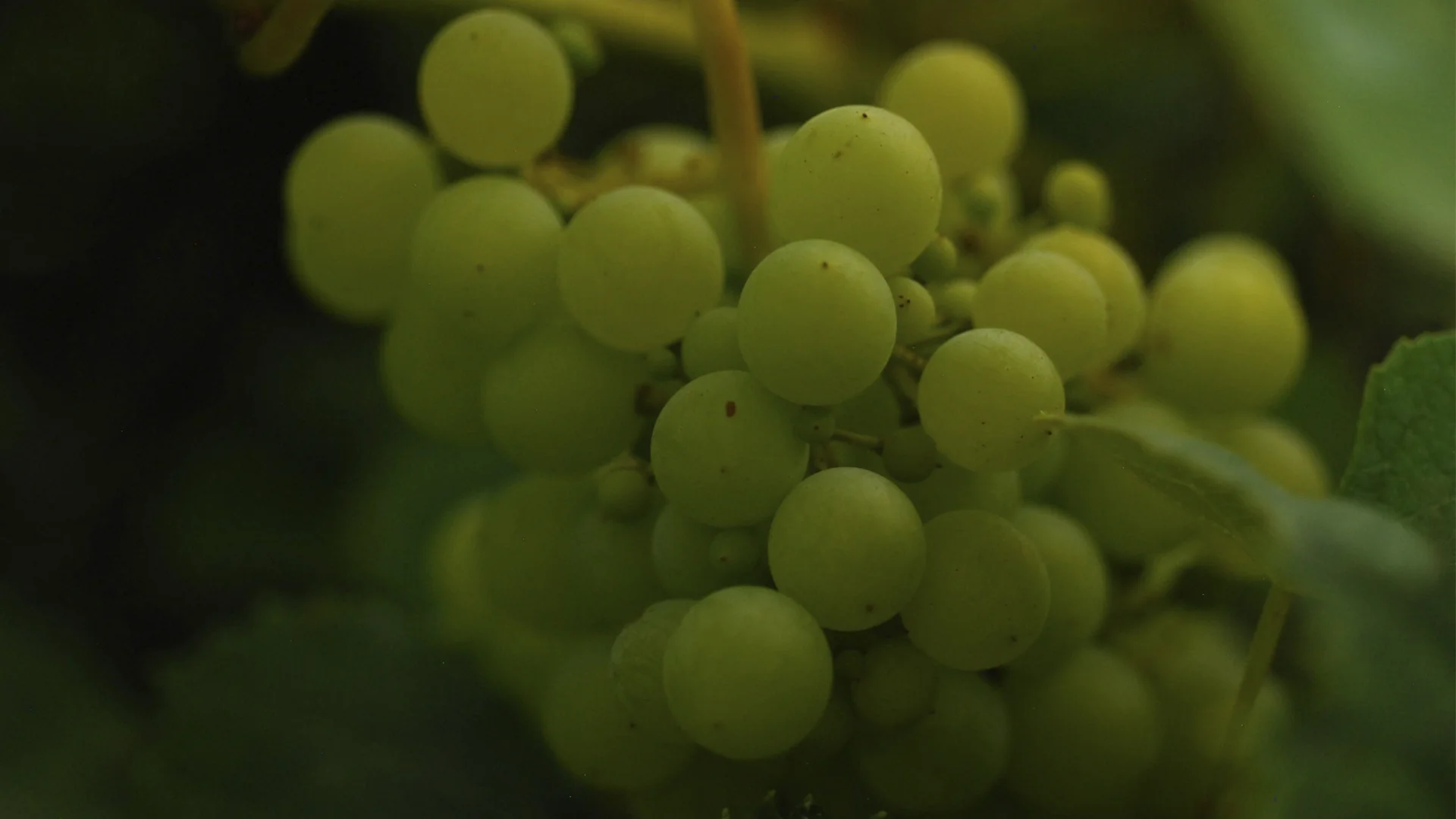
























































































.webp)

.webp)





Are you interested in
collaborating with us?